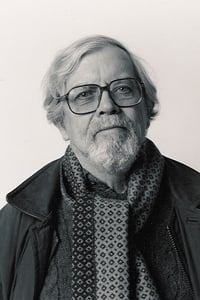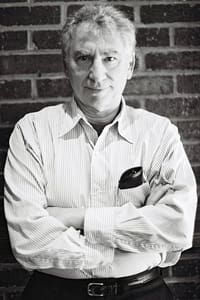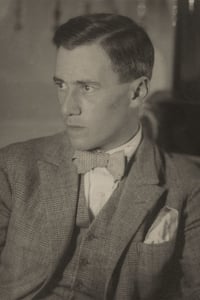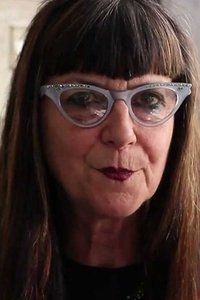Free Radicals: A History of Experimental Film
Genres
Documentary
OverView
Experimental filmmaker Pip Chodorov traces the course of experimental film in America, taking the very personal point of view of someone who grew up as part of the experimental film community.
Others
Budget
$--
Revenue
$--
Status
Released
Original Language
English
Runtime
82 mins
Rating
6.7/10
Release Date
24 July 2011
Country
France









